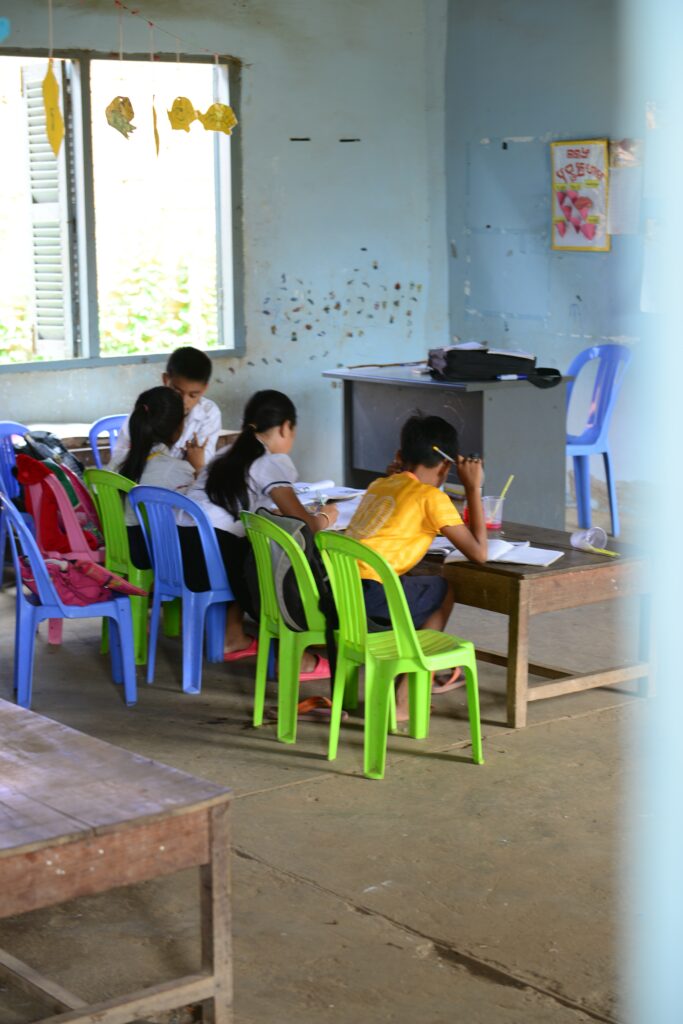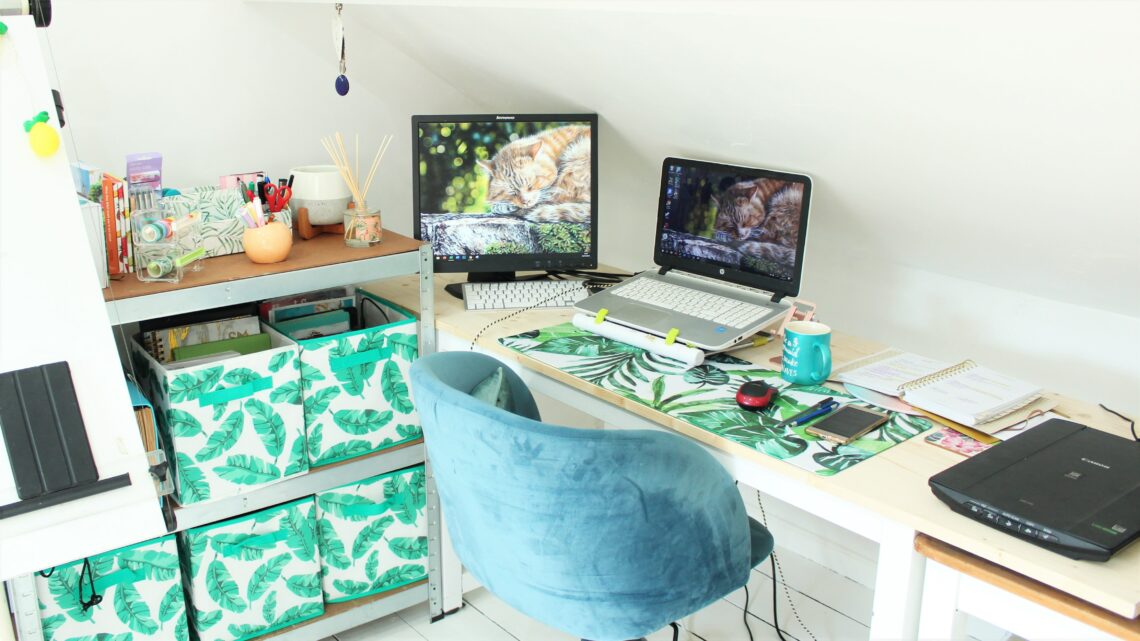First things first, it’s important to recognize that flipped learning and a flipped classroom are not actually synonyms.
In traditional classrooms students are taught content during class time and then receive homework to complete at home. In a Flipped Classroom, students learn content online at home and their homework is completed in class with teachers and students discussing and solving questions. In a flipped classroom teacher interaction with students is more personalized – with guidance instead of lecturing.
Flipped learning…
is a pedagogical approach in which direct instruction moves from the group learning space to the individual learning space, and the resulting group space is transformed into a dynamic, interactive learning environment where the educator guides students as they apply concepts and engage creatively in the subject matter.
F.L.I.P. Learning
Flipping your classroom can (but might not necessarily) lead to Flipped Learning. However, to engage in flipped learning, teachers must incorporate the four pillars into their practice.

I can see the appeal of flipped learning! As an elementary teacher not only will flipping my instruction provide a digital record of my lesson plans but it’s sure to free up some prep time. It will also allow me to build a library of techniques and methods that can be saved and used for years. This also is a great way to incorporate more differentiation within teaching and will be content that students can re-watch in-case they missed something.
↠———————————————————↞
Photo by Sema Martin on Unsplash
Photo by Odd Fellow on Unsplash




